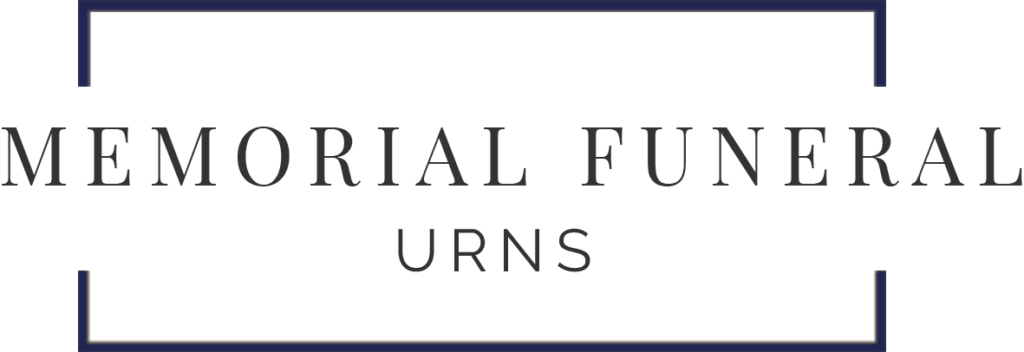A Guide to Selecting a Meaningful Urn
Nothing can be more overwhelming than the death of a loved one. The ability to make informed choices can help you along this path. Bringing family and friends together to celebrate a cherished life is part of the healing process, and best served through a ceremony and appropriate memorial vessel/urn. Memorial Funeral Urns has prepared the following step-by-step information to help inform, educate and guide you with the selection of a memorial vessel/urn for your loved one.
Step 1. Final Resting Place
It is important to think about the final resting place of a loved ones cremated remains/ashes before selecting a memorial vessel or urn. The question to ask is: Will the cremated remains/ashes be scattered, buried, placed in a niche or kept at home? While there is no right or wrong answer to this question, the answer will definitely help you to decide on the appropriate memorial vessel/urn.
Scatter: You may want to look at the options we have available in our water/scattering urns section. Options here are inexpensive and will help families to scatter a loved one’s ashes neatly in a dignified respectful manner.
Urn Burial: If you plan to bury the urn in a cemetery then you have a wide selection of cremation urns to choose from. Almost any urn can be buried. Some cemeteries have rules and regulations with regard to urn burials, so please consult with the cemetery.
Columbarium/ Niche: Please know that any urn can be used for placement in a niche. However, niche dimensions will vary greatly from cemetery to cemetery so it will be important to know those dimensions before selecting an urn.
Home: If you plan to create a memorial at home then any urn you select will be appropriate.
Step 2. Type, Size and Style of urns
Memorial Funeral Urns offers an assortment of urns and keepsakes to meet every family’s preferences. The information below are definitions to help explain the various memorial vessels and urns on our website.
Types of Urns:
- Standard Urn – this is an urn that will accommodate an adult who weighed 200-220 lbs. or less prior to cremation.
- Keepsake Urn – this is an urn that will hold a small amount of ashes to be kept in remembrance.
- Scattering/Water Urn – help families to scatter a loved one’s ashes neatly in a dignified respectful manner.
- Jewelry – cremation jewelry is designed to hold a very small portion of your loved one’s created remains to wear close to your heart
- Pet Urns – you will find a variety of pet urns for your beloved companion on our Pet Passages website
Size of Urns:
- Dimensions – dimensions will be presented in inches (“) using height, width and diameter
- Cubic Inch (ci)- the amount of cremated remains/ashes that an urn holds is measured in cubic inches. The industry standard calculation is approximately 1 pound of healthy weight to 1 cubic inch of cremains; that is, a 190 lb person will require roughly 190 cubic inches capacity in an urn
Style of Urns: You will find that Memorial Funeral Urns uses a consistent naming method based on style of the urn. For instance, Avondale Doves. Avondale stands for the shape/style or the urn and Doves is the name of the urn based on the theme/color of the urn. Any urn with the beginning name Avondale will have the same shape/style, the second word in the name will be a description of the urn. We are the first in the industry to adopt such consistent naming method.
Step 3. Personalization Options: Personalization an urn into a permanent personal memorial. Many urns can be personalized with engraving of a name, dates and even artwork. Some urns will have a theme such as the American flag, birds or flowers, etc. Depending on the shape and material of the urn engraving will either be done directly on the urn itself or a brass plate that will attach to the urn. Please know, engraved names and dates will be adjusted to fit the size and shape of the product being engraved. Product size will determine the amount of engraving each product can accommodate.
We use different engraving methods depending on the material of the urn. In the case of metal urns, we use a mechanical rotary engraver. Mechanical engraving machines make physical contact with the urn, etching/cutting lines in the metal by applying pressure with a diamond tip cutter.
For wood urns we use a laser engraver. Laser engravers work by emitting a laser beam which cuts the surface without making any sort of mechanical contact with it.
